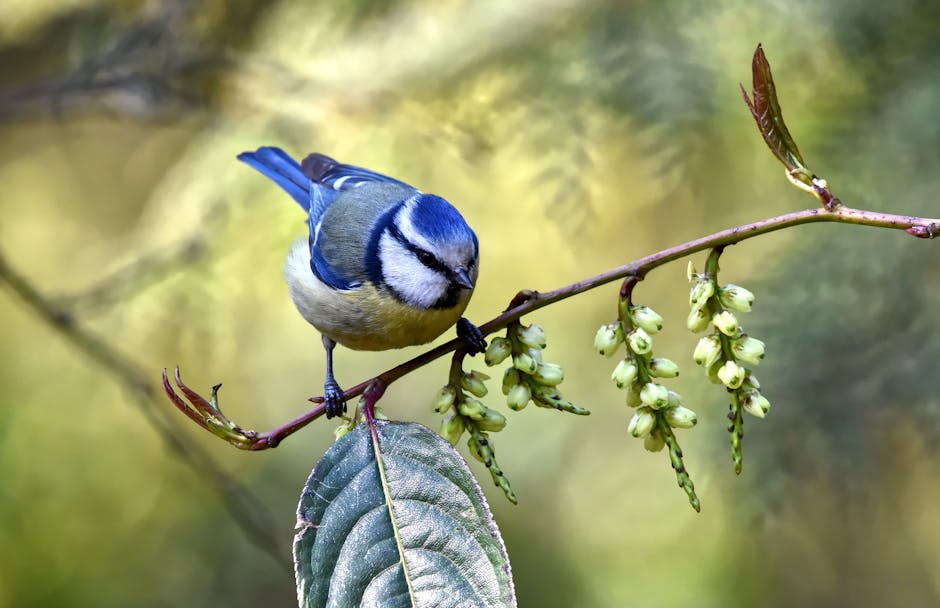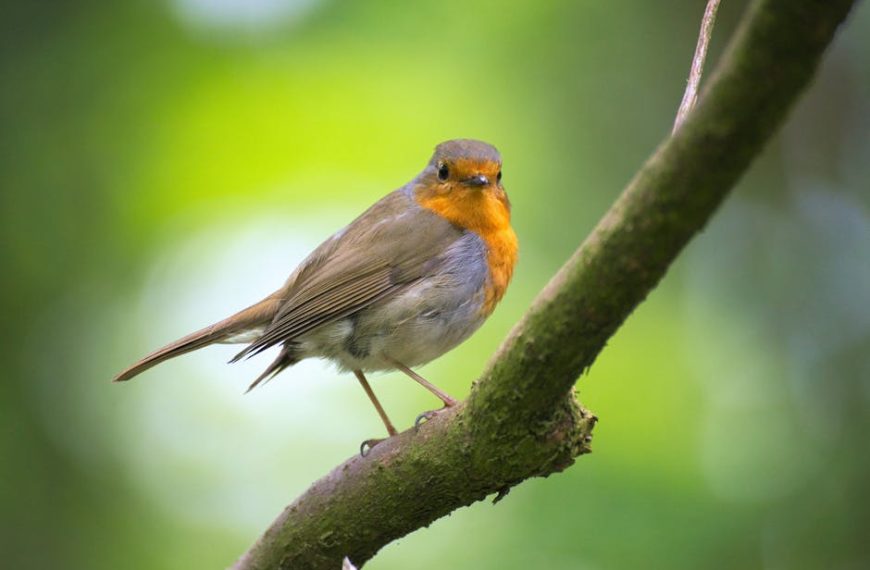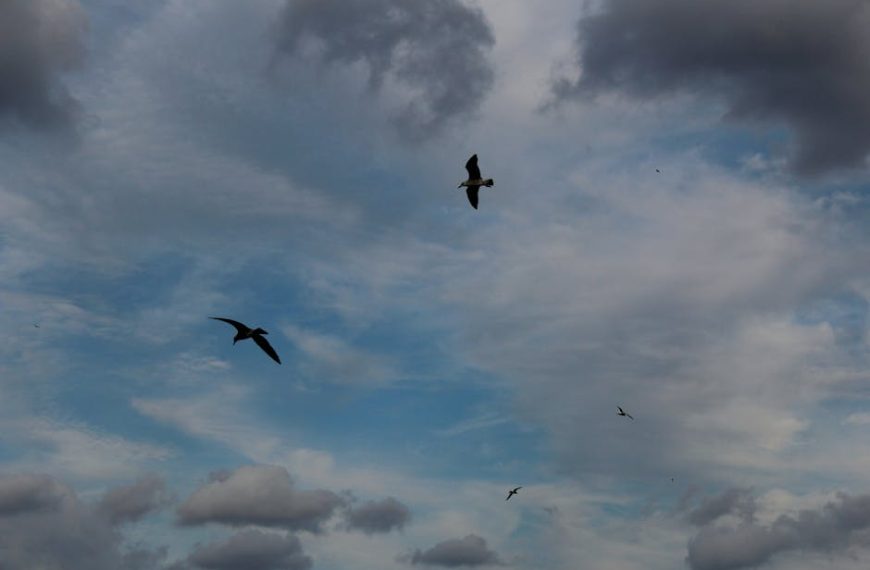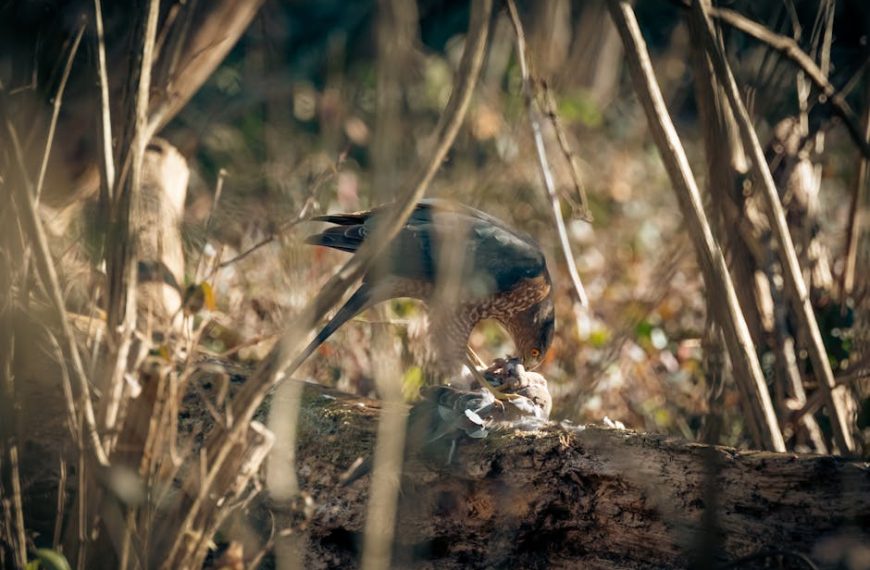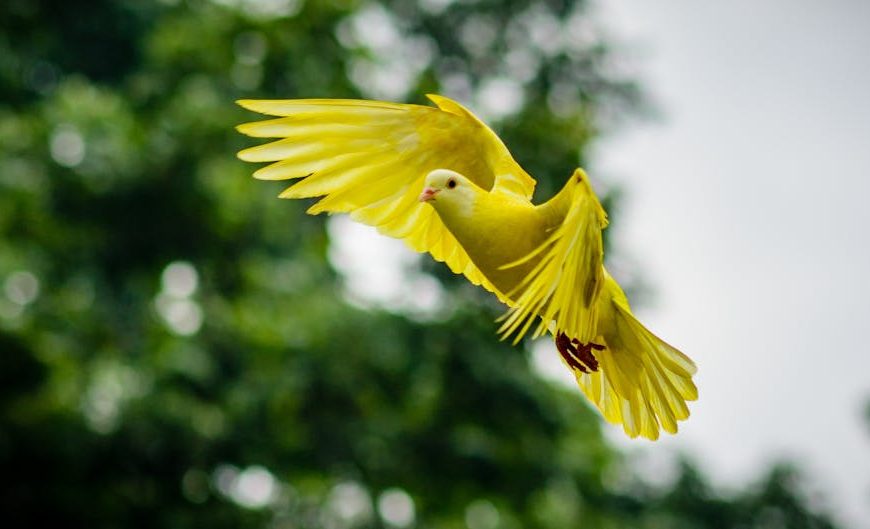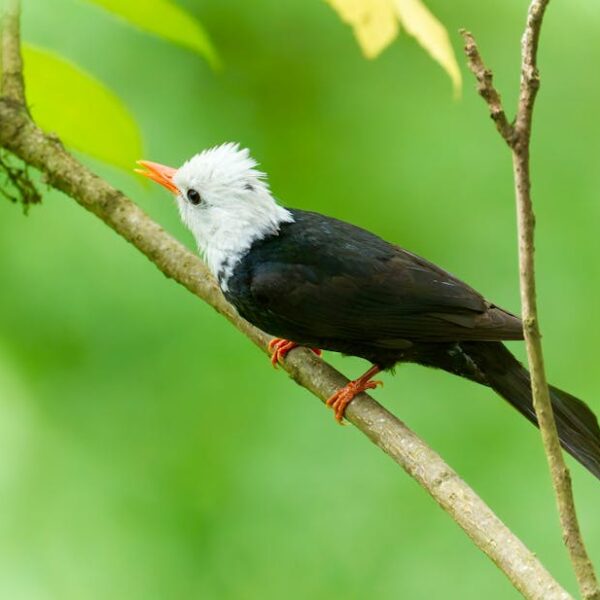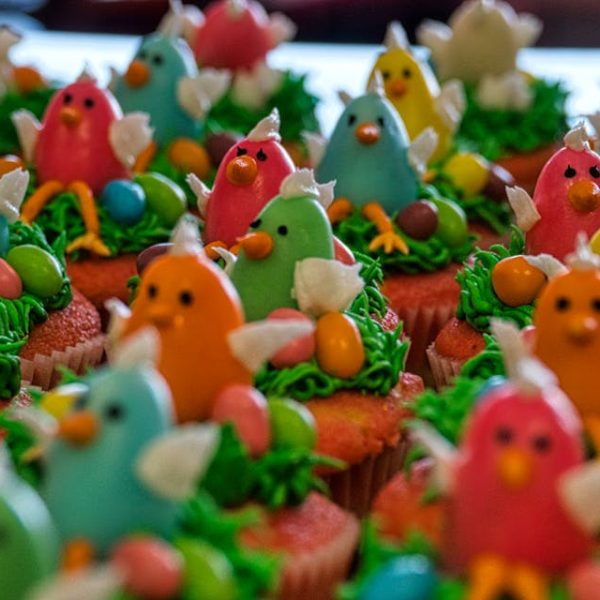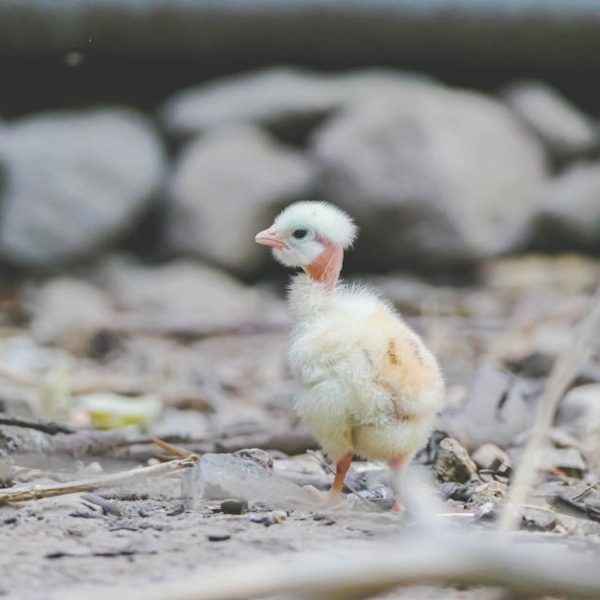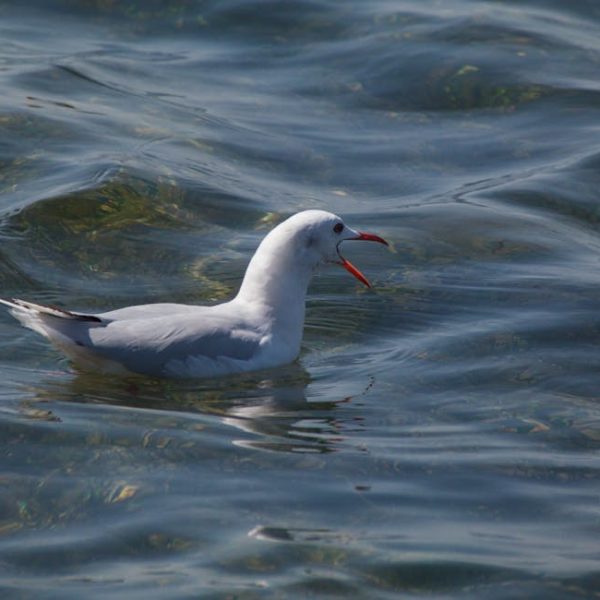The awe-inspiring phenomenon of birds perched on telephone wires has puzzled many observers over the years. This common occurrence is not mere happenstance, but a deliberate choice made by our feathered friends due to a host of reasons ranging from safety to comfort. In this article, we delve into these underlying factors explaining why birds gravitate towards our man-made lines in the sky.
The Science Behind Bird’s Preference for Wires
To understand birds’ affinity for wires, let’s first look at the perks they offer from a bird’s perspective. First off, telephone wires sit at an advantageous height, presenting a clear view of the surrounding area. This aerial vantage point allows birds to readily spot predators and scout for potential food sources nestled amidst the dominion below.
Key Aspects:
- Height advantage provides superior visibility of the entire area.
- Wires offer an uncomplicated and balanced rest spot, lacking the unpredictable swaying of branches.
- They afford safety from ground predators, a risk unavoidable in dense foliage or amidst urban clutter.
- It’s also beneficial from a social standpoint, as other birds perched on wires are easier to spot within a group.
Relation Between Birds’ Anatomy and Wires
The unique makeup of birds’ anatomy further explains their preference for wires. Specifically, birds’ feet are perfectly designed for gripping thin, cylindrical objects like wires. This efficient resting arrangement requires little muscular effort compared to balancing on uneven, shaky branches.
Insightful Detail:
Certain bird species can lock their talons on a perch, effectively anchoring themselves without the need for continuous muscle contraction.
The Impact of Social Interaction
Birds are social creatures, and their choice of perch reflects this. Telephone wires serve as community centers in the sky where birds can communicate with each other, establish territory, and partake in communal roosting. Such social interactions are easily facilitated by the visibility and unobstructed linear arrangement of telephone wires.
A Handy Checklist for Observers:
- A sudden flux in the number of birds could indicate communication or territorial disputes.
- Evidence of overnight roosting suggests a communal usage of wires.
The Thermal Benefits Birds Gain From Wires
Wires aren’t just sociable and comfortable – they are also warm! Wires turn into mini heaters due to the passing electric currents, providing an inviting perch in cold weather. Conversely, they can offer a refreshingly cool perch away from the sun-baked ground and structures during warmer times.
Key Facts:
- During winter, telephone wires effectively double as heated seats for the birds.
- On warmer days, wires serve as an escape from ground heat, thus acting as a cooler perch.
As we delve further into the world of avian habits, it’s clear that the birds’ preference for wires isn’t borne out of convenience but a strategic choice, underscoring the fascinating adaptability of these flightful flappers.
Telephone wires and Bird Migration
Let’s not forget about the crucial role wires play during bird migration and local movement. Birds often use telephone wires as navigational aids, using them as part of a larger map of landmarks that they learn and remember.
Application for Environmentalists and Bird Enthusiasts:
Mapping out these routes and observing periods of increased bird activity on wires could provide valuable insight into local bird migration patterns.
Important Points:
- Wires serve as convenient rest stops during long migratory journeys, conserving energy by offering a place to rest.
- They provide a clear ‘flight-path’, free from obstacles that birds may encounter flying through forests or urban areas.
- Within a district, familiar wires serve as landmarks, helping birds navigate their regular routes.
In conclusion, while it’s easy to overlook the everyday spectacle of birds perched on telephone wires, understanding the reasons behind it offers a peek into birds’ remarkable adaptability to our man-made environment. It reminds us that even in the criss-crossing wires above us, there’s a mini ecosystem thriving, full of social interaction, strategic survival and fascinating natural phenomena. As keen observers, let’s continue to marvel at these winged wonders, bearing witness to their transient abode on the wires that string our skies!
Key Takeaway:
- Birds prefer sitting on telephone wires as they offer a higher, unobstructed view of their surroundings enabling them to spot potential food sources or predators.
- The anatomy of bird’s feet, which allows them to grip and balance on the narrow wires without much effort, makes it a comfortable perch.
- Wires serve as social interaction platforms for birds, facilitating communication and community roosting.
- Birds gain thermal benefits from wires, which act as heat sources in colder weather or as cool perches away from ground heat in warmer season.
- Wires play a crucial role during bird migration, offering clear ‘flight-paths’, rest spots and landmarks helping in navigation.
Birds consciously choosing telephone wires as their perch is an awe-inspiring testament to their adaptability and strategic prowess. Next time you spot a bird on a wire, remember, it’s not just a random choice. It’s strategized survival instinct and social planning at play.
FAQs
Q: Does the electric current ever harm the birds on the wires?
A: No, birds are not harmed by sitting on telephone wires. Even with a passing electric current, birds don’t get electrocuted because they are not grounded.
Q: Are certain bird species more prone to perch on wires compared to others?
A: Yes, certain species like pigeons, starlings, blackbirds, and swallows are often observed on telephone wires.
Q: Could wires ever pose a threat to birds?
A: Yes, unfortunately, birds could collide with wires while in flight, which can result in injury or mortality.
Q: Does the material or the thickness of the wire make a difference to the birds?
A: Birds can perch on a variety of wires, regardless of the material or thickness. However, they might have a preference for certain types based on comfort and grip.
Q: Do birds prefer old, unused wires more than the new ones?
A: Birds don’t discriminate between old and new wires. As long as the wire offers a good view and secure grip, it works for them.
Liked this article? Please feel free to share it with your network of bird lovers and enthusiasts. Explore our other posts to uncover more fascinating insights into the world of birds.
